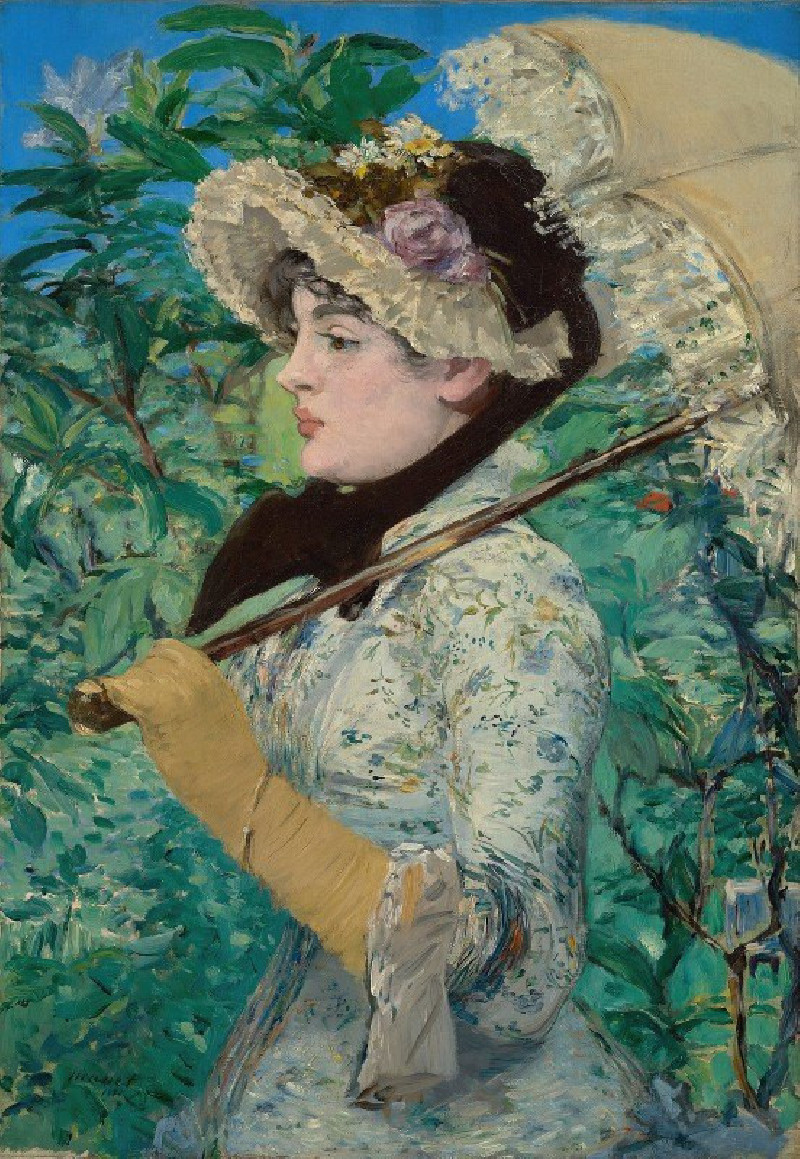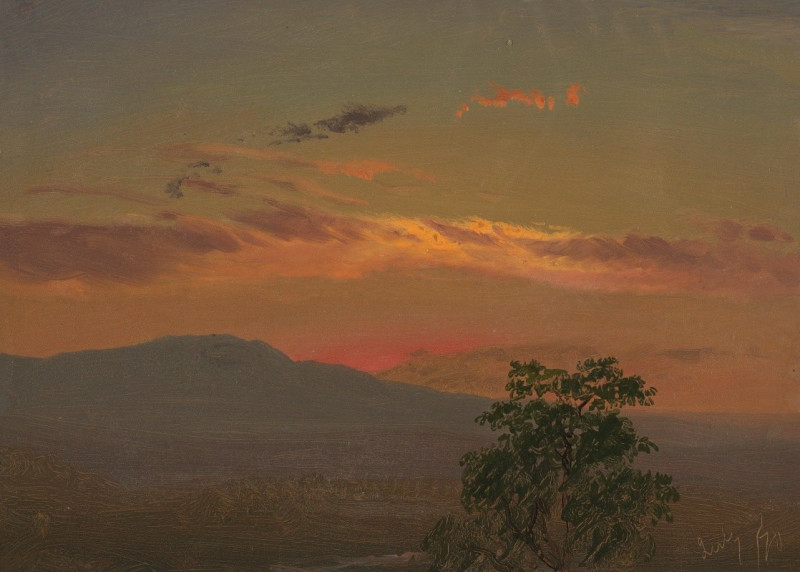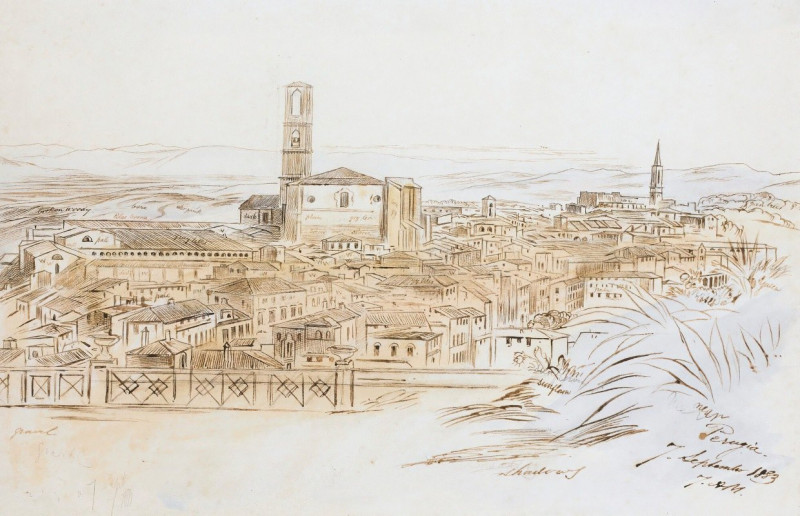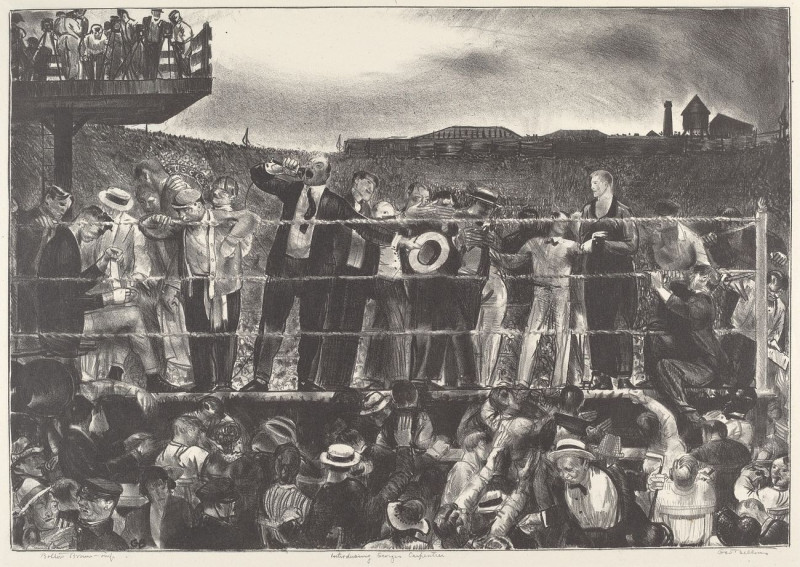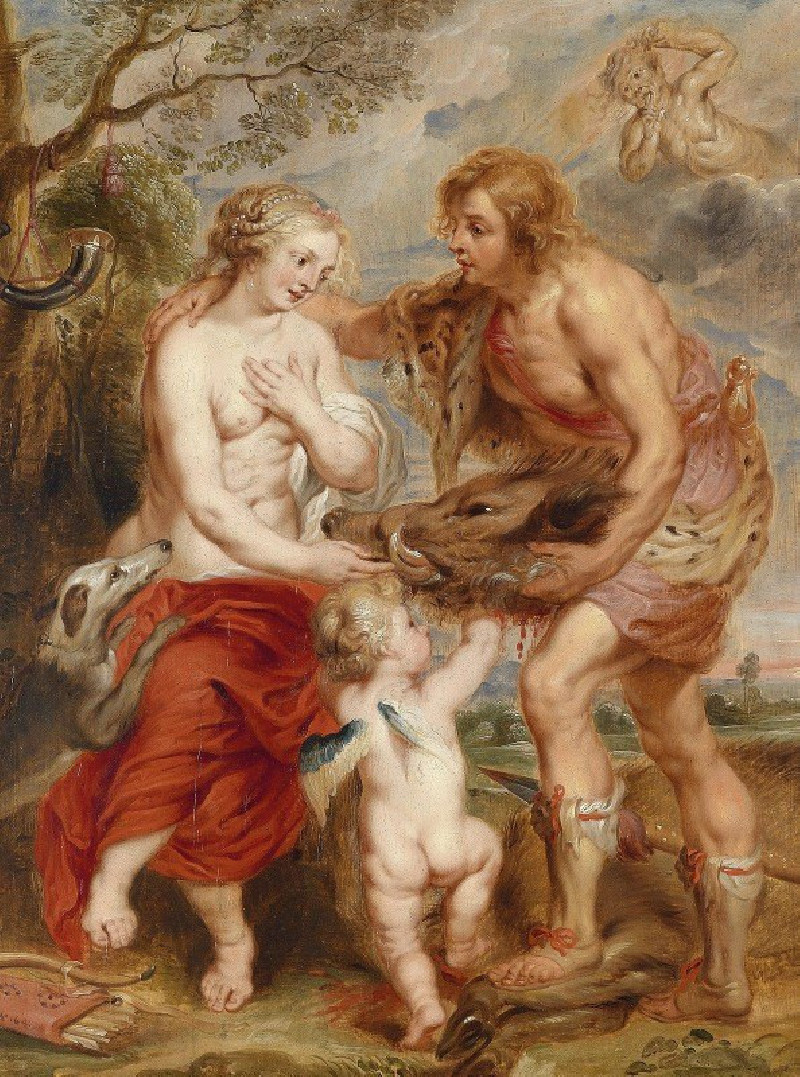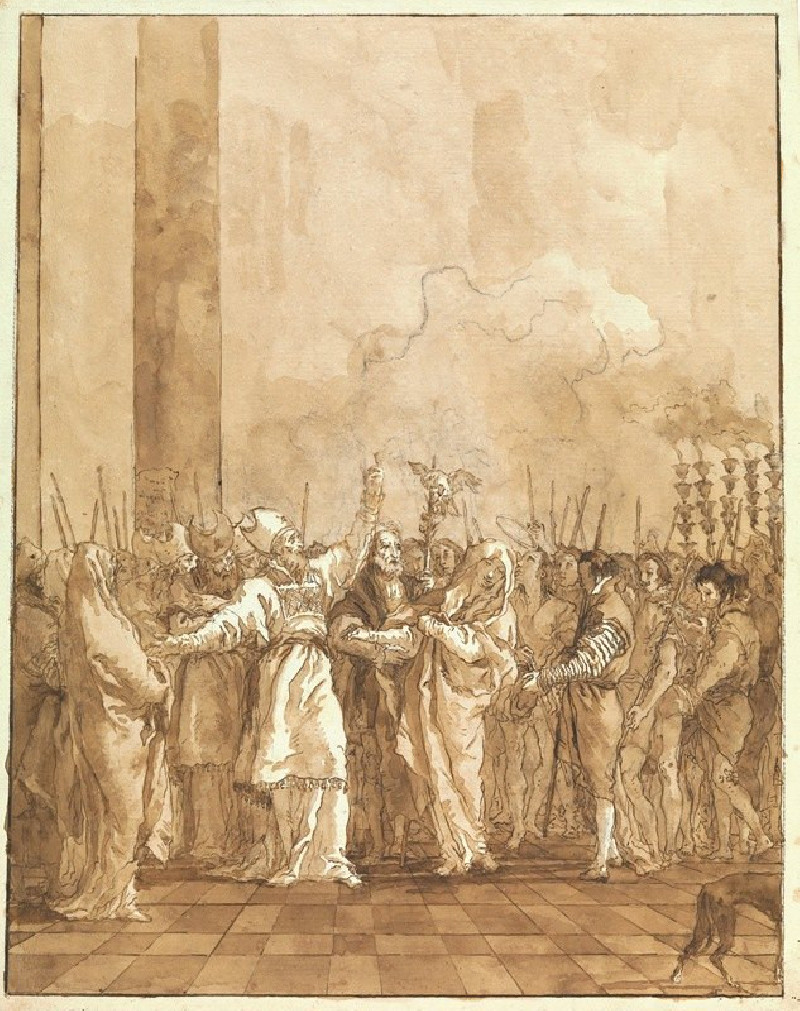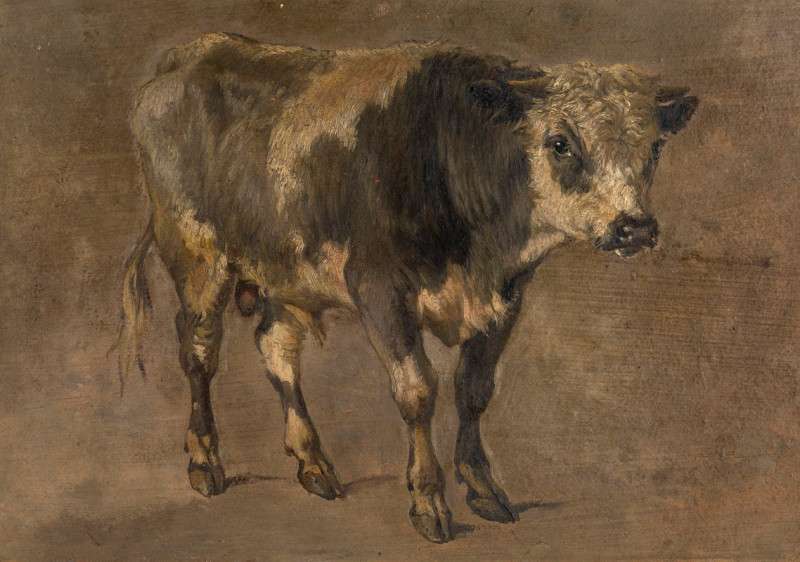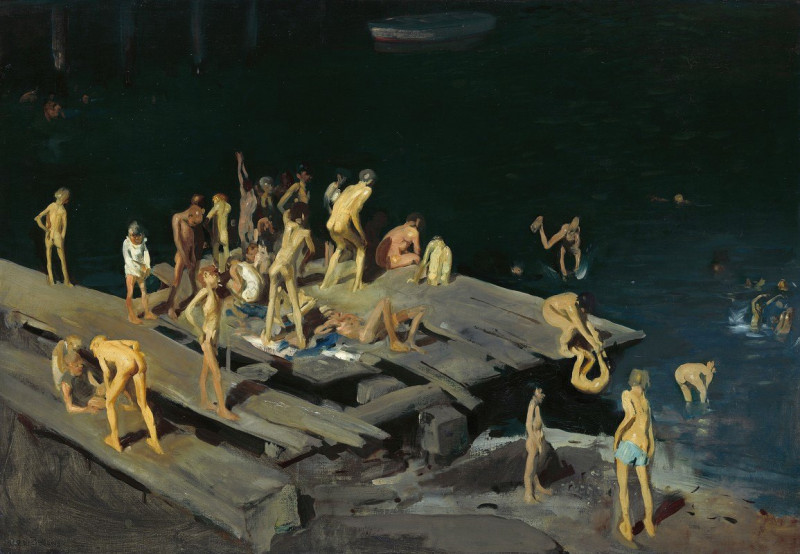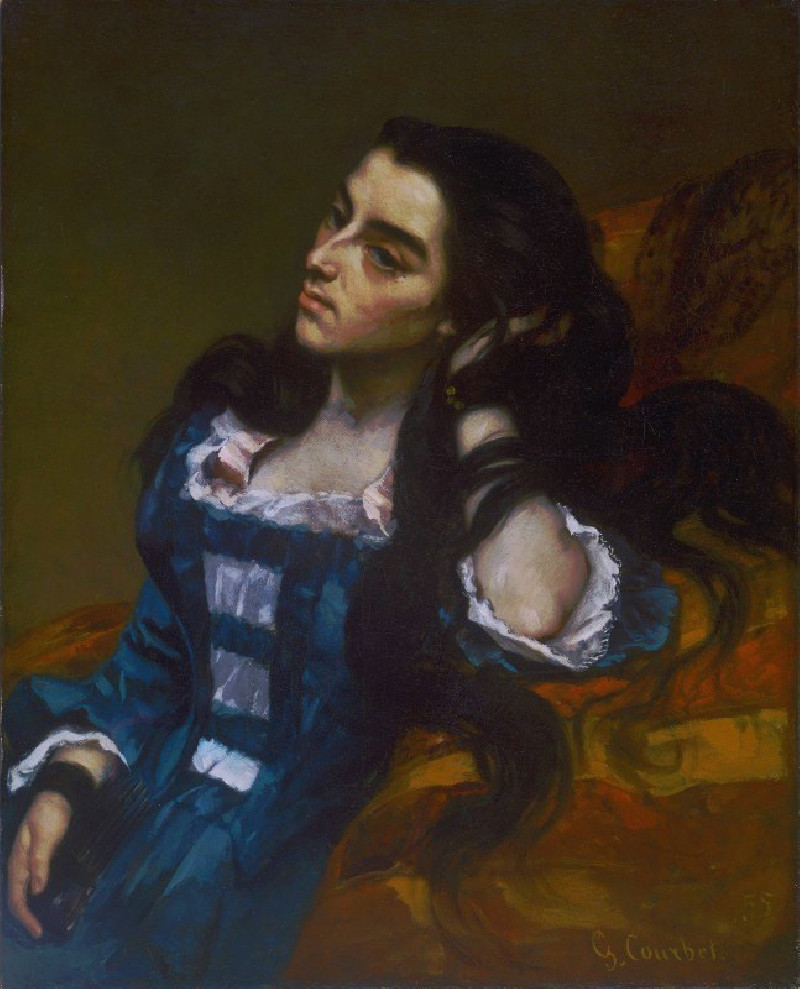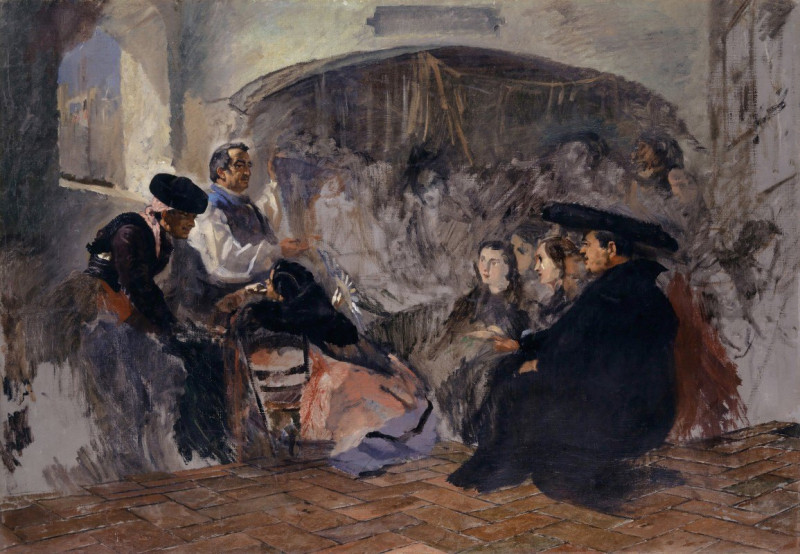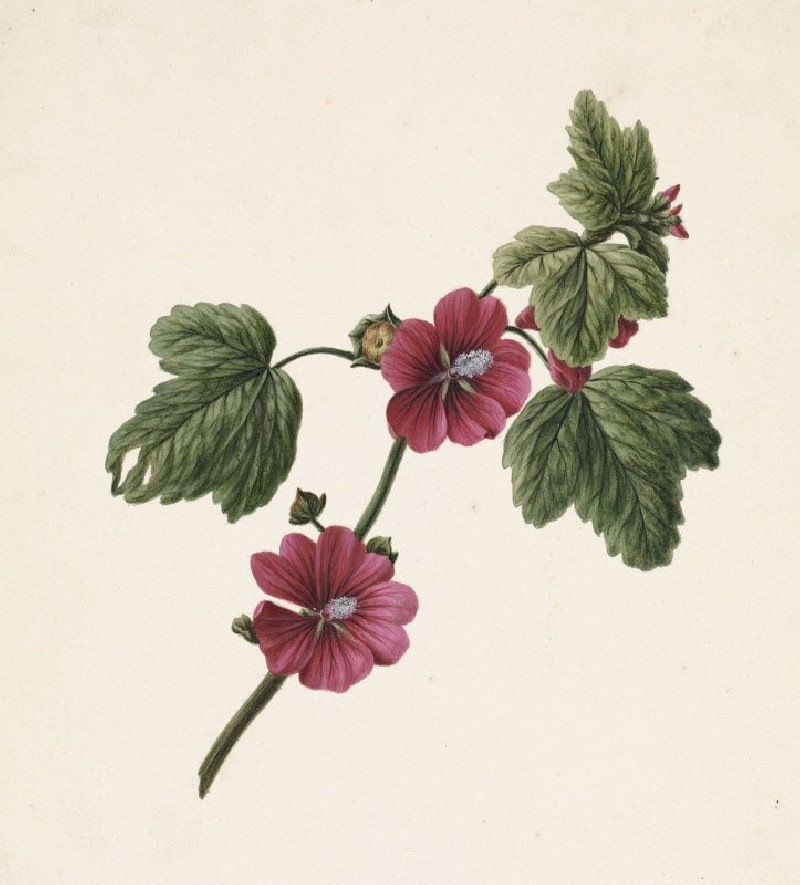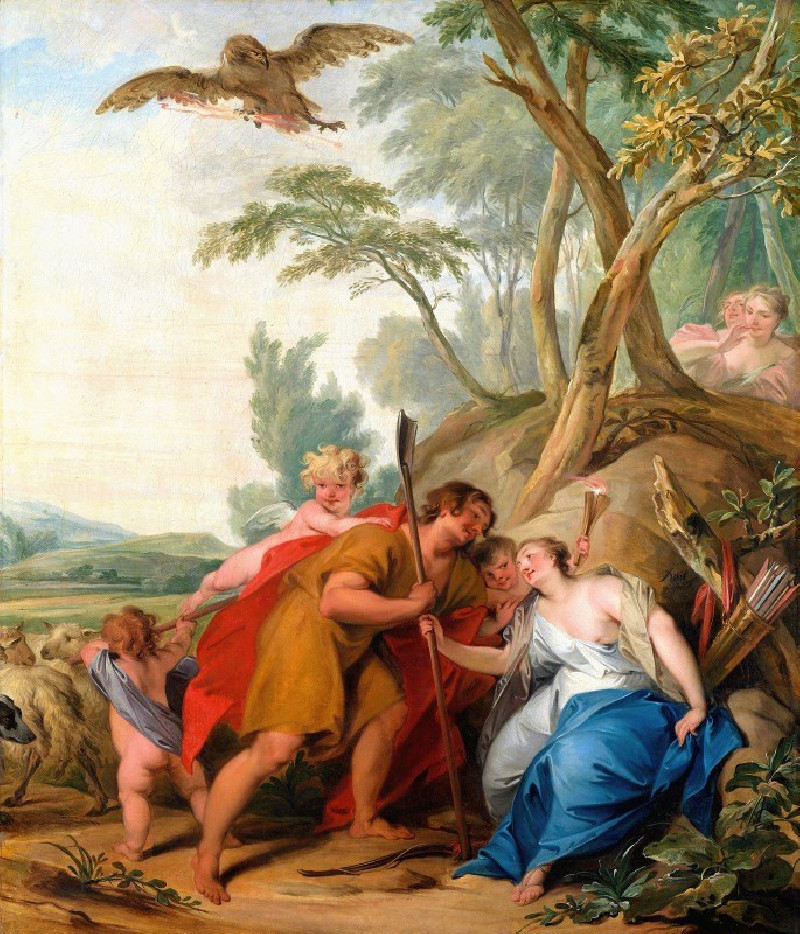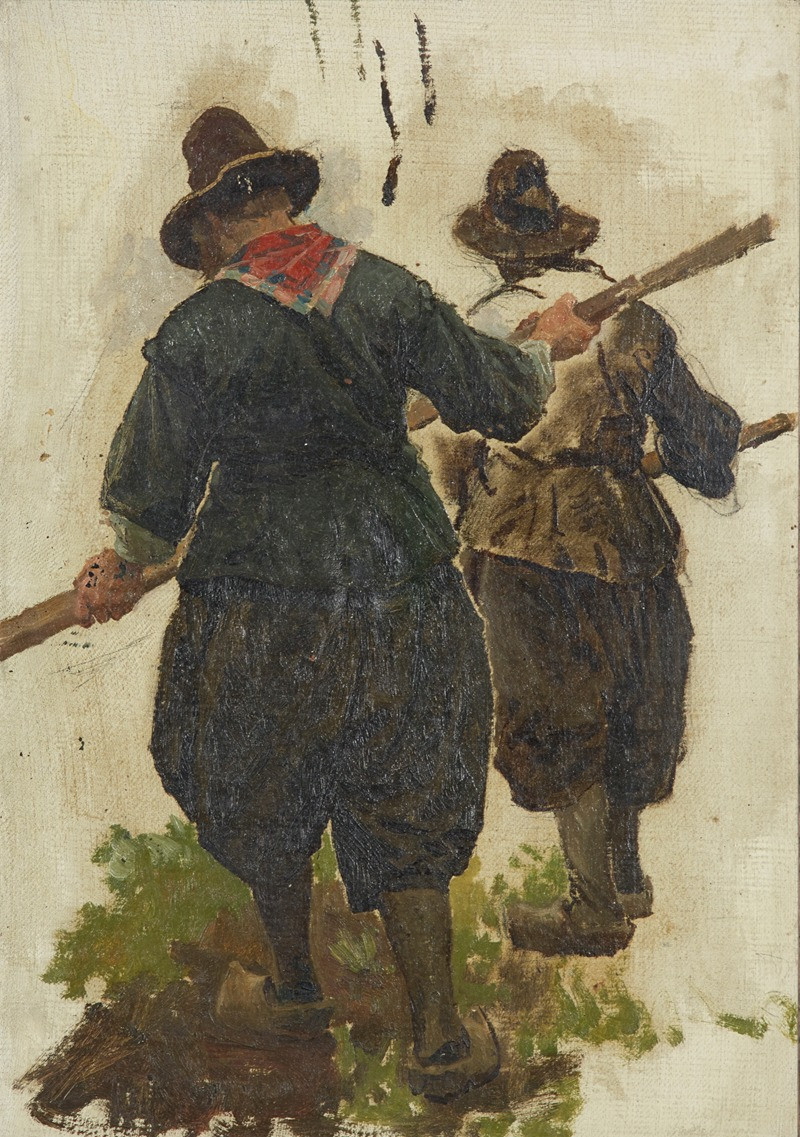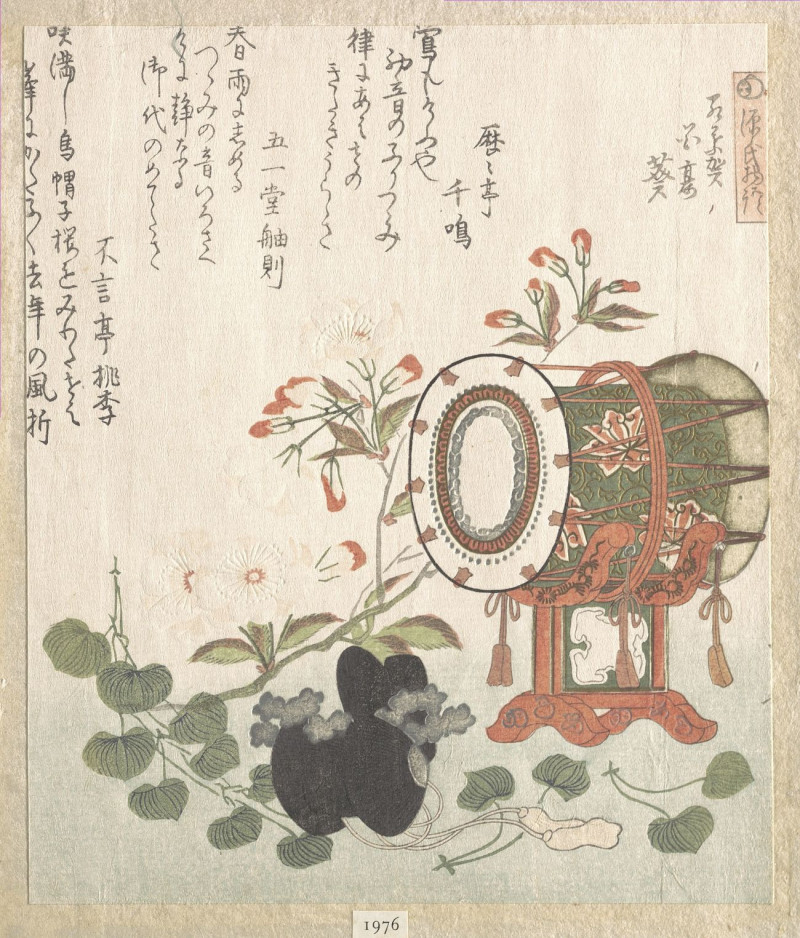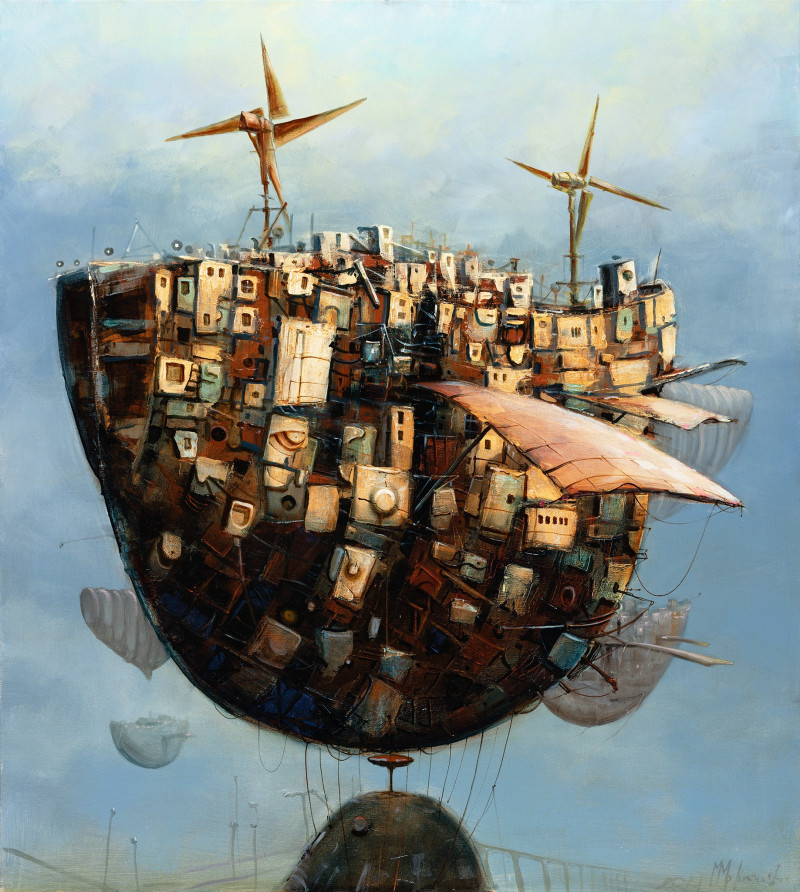männlicher Akt II
Technique: Giclée quality print
Recommended by our customers
More about this artwork
We are pleased to feature a striking piece from our collection, "Männlicher Akt II," an evocative charcoal drawing by acclaimed artist Karl Wiener. This piece captures the essence of human form and expression through its masterful use of shading and delicate line work.The artwork displays a male figure in a semi-profile stance, gazing intently forward as he extends his right arm. The subtle detail in the musculature and the gentle curve of the figure's spine breathe life into the drawing, showcasing Wiener's deft skill at capturing human anatomy. The neutral background emphasizes the subject, inviting viewers to focus on the interplay of light and shadow that defines the figure’s robust form."Männlicher Akt II" is an exceptional example of Karl Wiener's talent for rendering the human body with both realism and artistic sensitivity. It encourages viewers to ponder the poise and underlying narratives encapsulated within this powerful pose.This piece is a testament to the timeless allure of figure drawing in the exploration of human physicality and emotion.
































